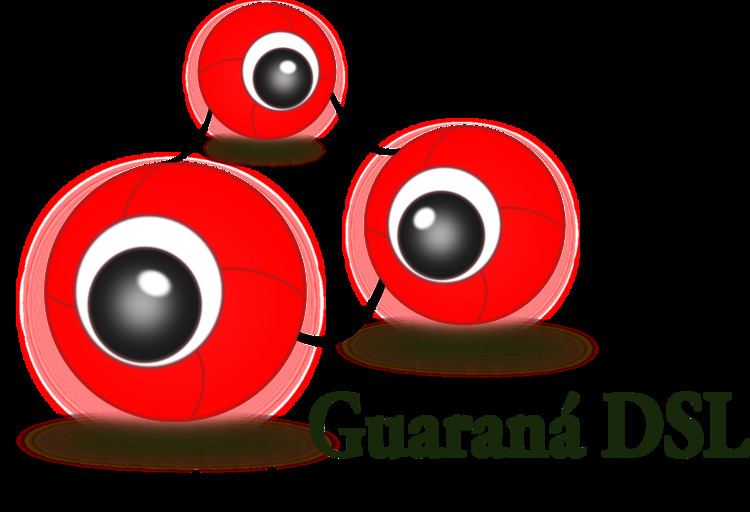Stable release 1.4.0 beta Operating system | ||
 | ||
Guaraná DSL is a Domain-Specific Language (DSL) to design enterprise application integration (EAI) solutions at a high-level of abstraction. The resulting models are platform-independent, so engineers do not need to have skills on a low-level integration technology when designing their solutions. Furthermore, this design can be re-used to automatically generate executable EAI solutions for different target technologies
Contents
- Main constructors in Guaran DSL
- Guaran and other technologies
- Enterprises using Guaran DSL
- Academic publications
- References
Functionality and structure of an EAI solution are completely defined by using the language building blocks, ports, tasks, decorator, slots and integration links. Guaraná's tasks are based on the Enterprise Integration Patterns (EIP Patterns) by Gregor Hohpe and Bobby Woolf. It is possible to design the internal structure of all kinds of building blocks (wrappers and integration processes) and its communication ports (entry port, exit port, solicitor port and responder port) by using tasks; it is also possible, to create integration flows that allow applications to collaborate by connecting these building blocks by means of integration links. Applications that participate in the integration solution are documented using decorators as well as its layers being used as communication interface.
Main constructors in Guaraná DSL
Below you have a list of the main constructor of Guaraná DSL.
Decorators: to provide visual information about the participating applications in the EAI solution and their layer(s).
Processes: serve two purposes, namely: there are processes that allow to wrap applications and processes that allow to integrate them. The former are reusable processes that endow an application with a message-oriented API that simplifies interacting with it. Implementing such a wrapping process may range from using a JDBC driver to interact with a database to implementing a scrapper that emulates the behaviour of a person who interacts with a user interface. Generally speaking, this is known as wrapping an application in the literature. Integration processes, on the contrary, are intended to orchestrate the interactions with a number of wrapping processes and other integration processes. Processes rely on tasks to perform their wrapping or their orchestration activities. Simply put, a process can be viewed as a message processor.
Slots: are memory buffers used within building blocks for port to task and task to task internal communications.
Tasks: are message processing constructors and appear inside processes and wrappers. A task reads messages from incoming slots, processes them (e.g. enriches, translates, filters, etc.) and deposits the result in the outcome slot. Part of them are based on the enterprise integration patterns proposed by Gregor Hohpe and Bobby Woolf.
Ports: are used to communicate the internal building blocks of an EAI solution and the EAI solution with its applications. Integration links: are channels that transport messages between building blocks. They are used to connect the entry/exit ports used by building blocks.
Below you can see an example of EAI solution designed with Guaraná DSL:
Guaraná and other technologies
Below you can find studies comparing Guaraná DSL with other technologies:
